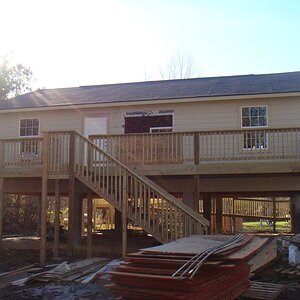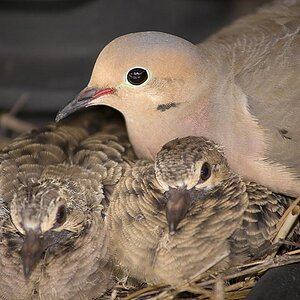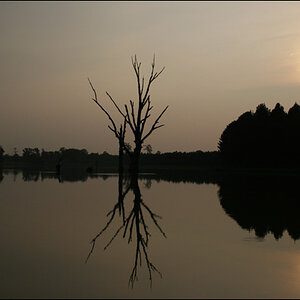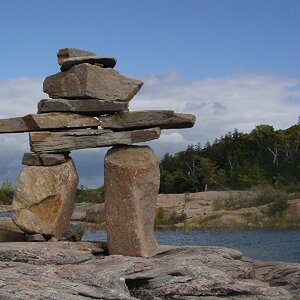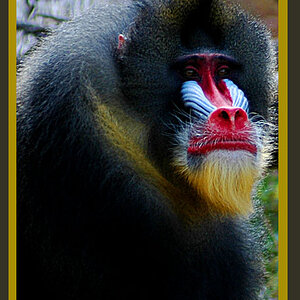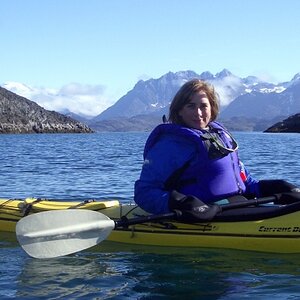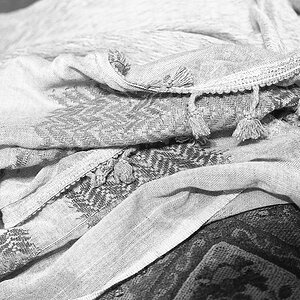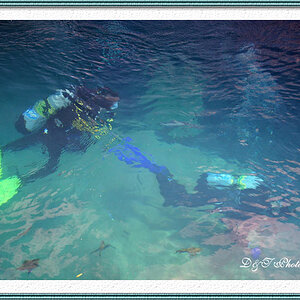Bayan
TPF Noob!
- Joined
- Sep 18, 2020
- Messages
- 2
- Reaction score
- 0
- Can others edit my Photos
- Photos NOT OK to edit
Hello,
I’m completely new at photography and decided to get a canon Ae-1 - has fun shooting with it and I wasn’t expecting the pictures to turn out great but 2 pictures are unbelievably blurry and the rest are dark or just some weird egg-shell white with zero outlines of anything or anyone (even though everything was shot in daylight!)
I’ve attached some pictures to show exactly what I mean. Can anyone tell me what I’m doing so wrong? I spent quite a bit of money to develop a film that has zero good pictures and I know practice makes perfect but I don’t want to waste another reel when I’m clearly doing something very wrong.
thank you!
I’m completely new at photography and decided to get a canon Ae-1 - has fun shooting with it and I wasn’t expecting the pictures to turn out great but 2 pictures are unbelievably blurry and the rest are dark or just some weird egg-shell white with zero outlines of anything or anyone (even though everything was shot in daylight!)
I’ve attached some pictures to show exactly what I mean. Can anyone tell me what I’m doing so wrong? I spent quite a bit of money to develop a film that has zero good pictures and I know practice makes perfect but I don’t want to waste another reel when I’m clearly doing something very wrong.
thank you!


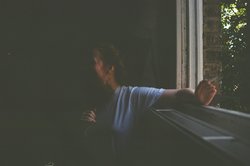

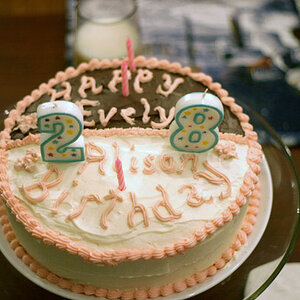
![[No title]](/data/xfmg/thumbnail/37/37602-1ef8dbb1c2d0e4ff347ee65d328c3603.jpg?1619738147)
